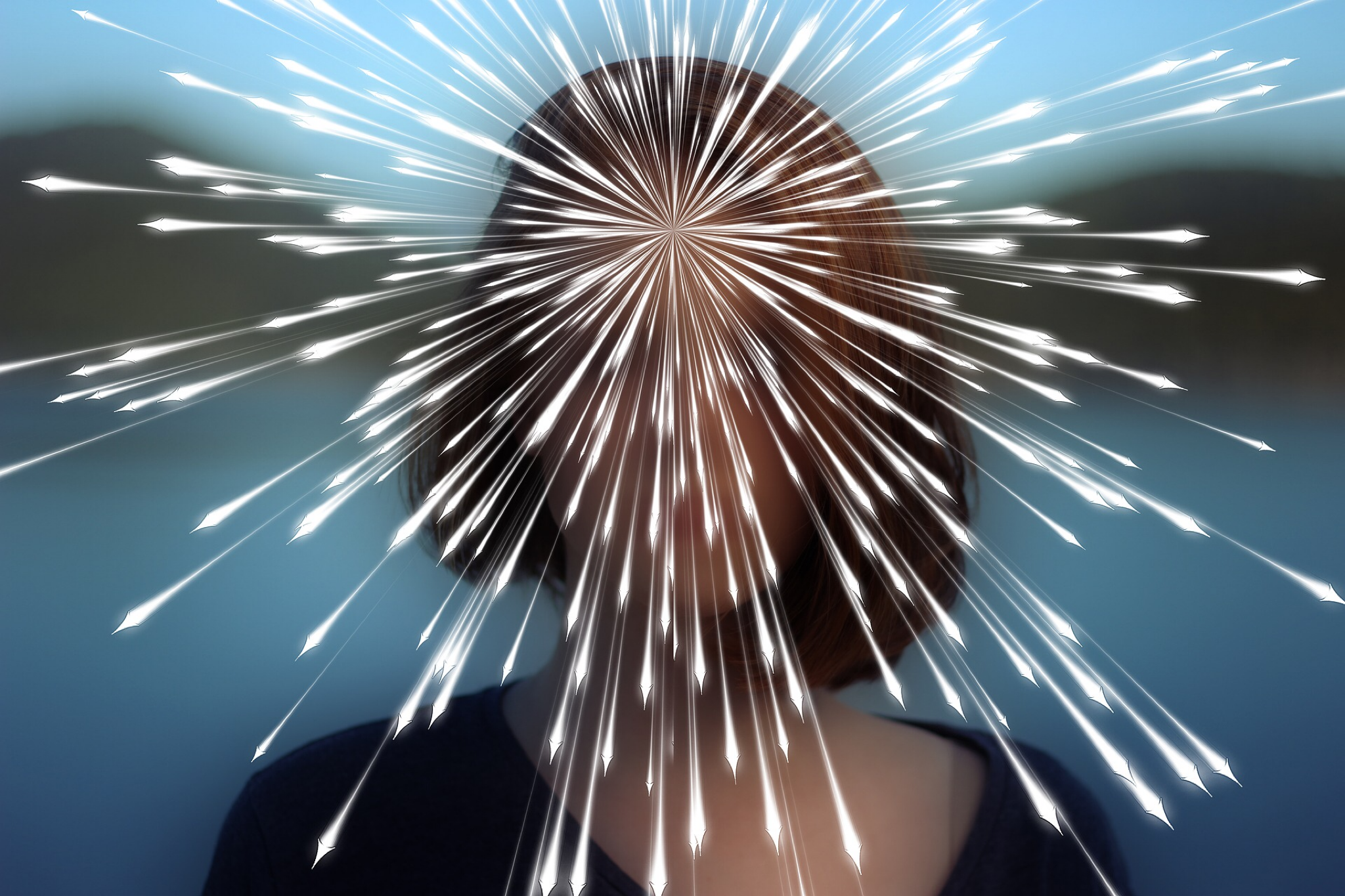“Remove the veils so I might see what is really happening here and not be intoxicated by my stories and my fears.” Elizabeth Lessor
It’s not the events in our lives that shape us; it’s our beliefs around what those events mean to us. Every belief we hold is a limited snapshot based on the thoughts we think. It’s a mental representation and not the full truth of reality itself. When we suffer, it’s a call to investigate the truth of what we are believing.
Beliefs are just thoughts we keep thinking. Most of us don’t even consciously decide what we are going to believe. Sometimes beliefs can be misinterpretations of past experiences. Many people who’ve suffered abuse think they’re “damaged goods.” Their lives are filled with angst around these events, and they believe if they hadn’t suffered these past events, their life would be happy. I like to explain to them that it’s precisely these experiences that make them who they are today and that they can have that a happy, fun-filled life. It’s up to them to believe that they are whole, competent, and a fantastic person! The bad experiences of the past do not have to define your life.
Many times, we are caught in fear-based thinking and in beliefs that have captured our sense of identity. So, how do we wake up from that? Having an awareness that it’s the beliefs you tell yourself that empower you or disempower you is the first step.
This is a quick and easy exercise to help you reframe your core beliefs:
Reflect on what you keep saying to yourself that might be causing negative reactions? Write them down. i.e., My husband or wife is unreasonable.
Write down 1-3 new positive beliefs that you can use to replace the negative beliefs you just wrote down.
It’s part of our evolution that each one of us constructs beliefs, a representation of the world. Then we filter our reality through that. It’s not so easy to drop our beliefs because they hook us. Our brain is designed to encode experiences of endangerment and predict the future based on the past. Our beliefs will grow out of that experience.
We can describe our memories as Velcro for painful experiences and Teflon for pleasant. Think about which serves you in your life? Think for a moment about thoughts that you have become identified with. Thoughts we are identified with are usually charged in some way. These thoughts typically represent a core belief, and this is how we’ve made sense of who we are and our reality.
Many of our core beliefs come from our earliest hurts and fears, and usually before the age of 5. Core beliefs can be passed down through generations of our families, as well as our cultural assumptions.
When we have thoughts centered around our beliefs, it can feel current, like right here right now. Then the behaviors that come out of those beliefs end up getting the responses that reinforce them, and it becomes a loop. If we look closer at beliefs, they can generate fear thoughts like worrying, planning, and obsessing. Those fear thoughts then trigger off more of the biochemistry of fear. More fear thoughts, and again we go into looping.
Notice what you sense in your life. What kind of thoughts do I generally live with? Are they worry thoughts? Are they gratitude thoughts? Our minds are like naughty children running around, throwing a tantrum. Our thoughts are mostly a lot of worries.
This is our reality, and we live in it. Our identity gets consolidated that way. When we are lost in thoughts, especially thoughts that have the flavor of fear, or grasping or envy or something’s wrong, our virtual reality, in essence, becomes a prison. It all comes from our interpreted world of what we think this world is about.


